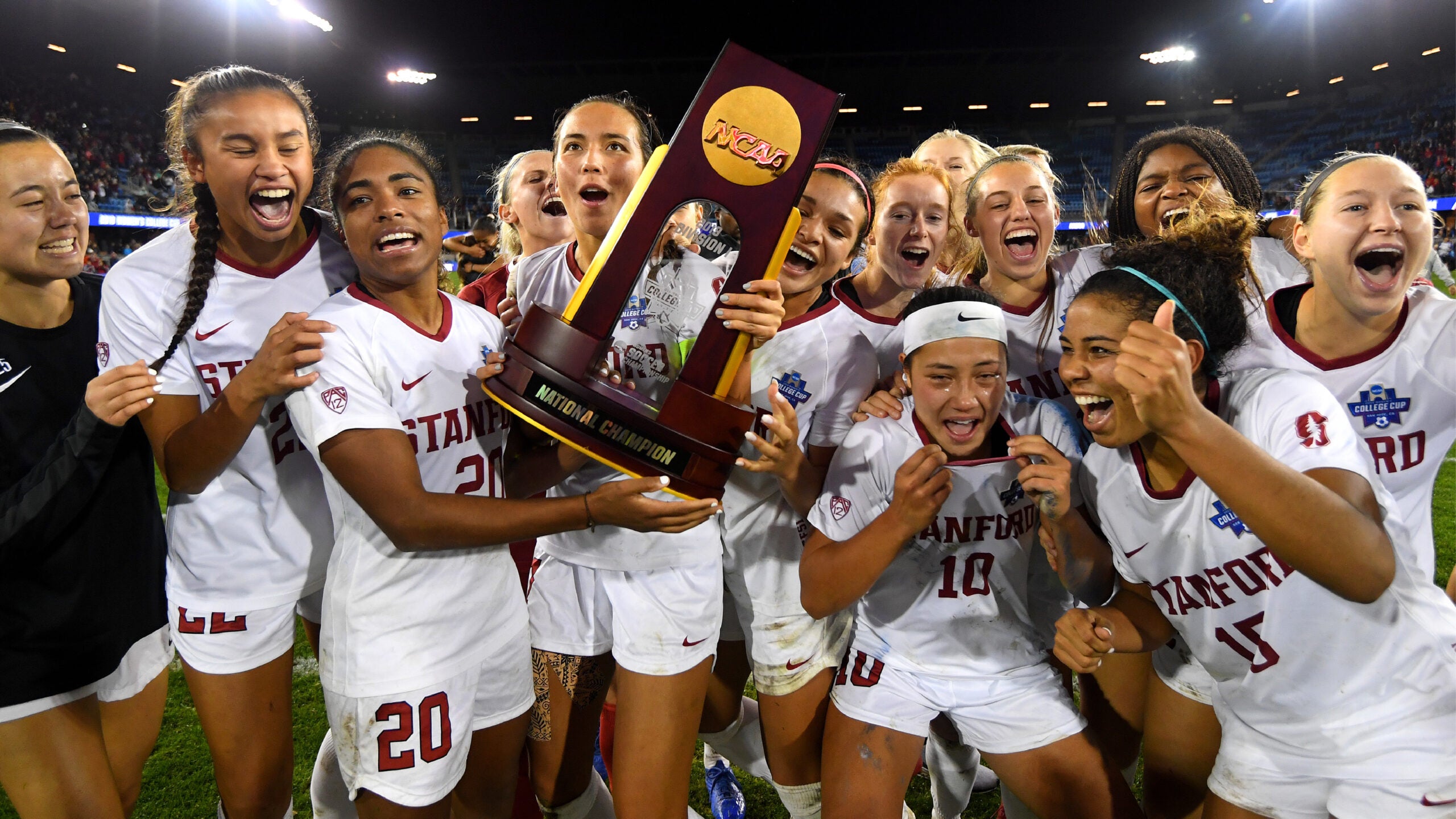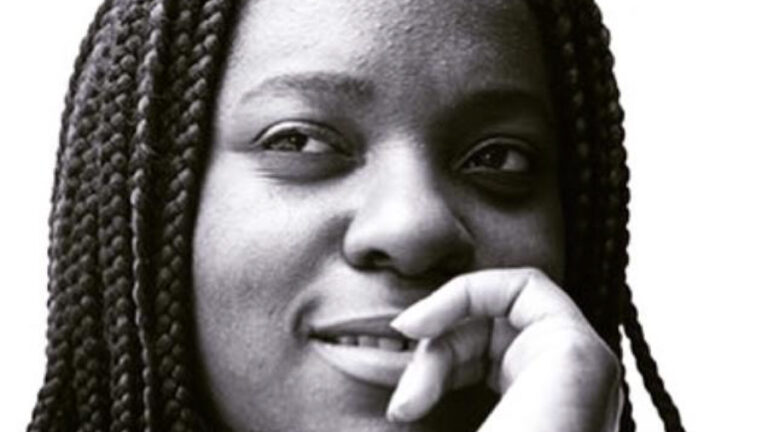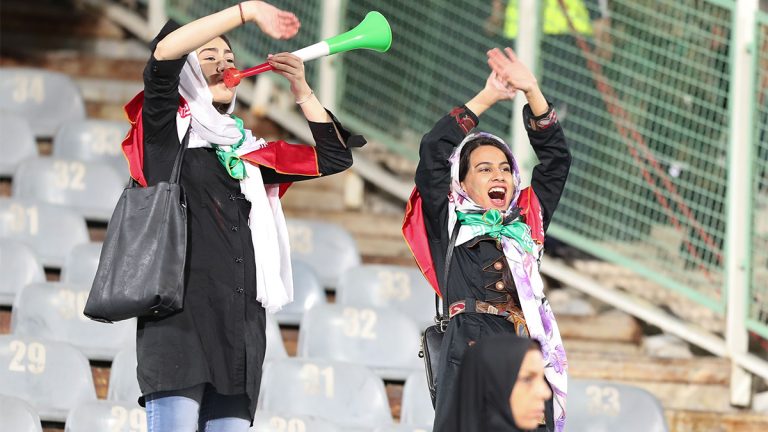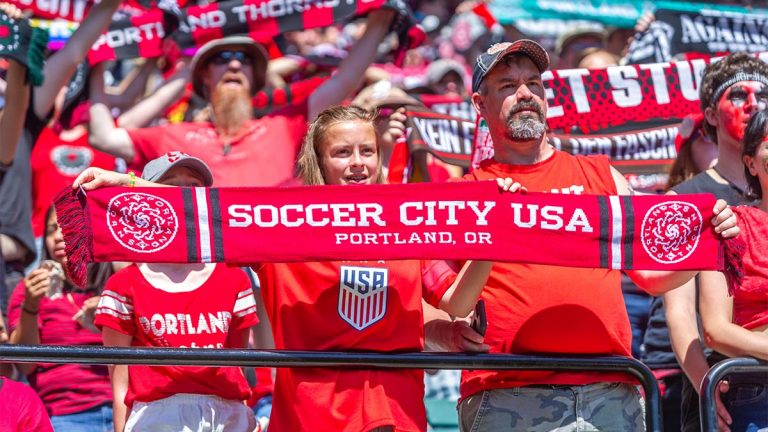The NCAA Gave The World A Beautiful Game. Can It Remain Its Star Player For Long?
Why this matters
NCAA women’s soccer will always have a healthy platform and a safety net. Whether the collegiate game can stay at the top of the sport when it really takes off and begins to fulfill its global potential remains to be seen.
When US lawmakers voted for Title IX nearly a half-century ago, it’s safe to say world soccer probably wasn’t on their minds. But the landmark civil rights legislation mandating equal opportunity in education managed to create, among its many achievements, the most important, and sustainable, high-level women’s soccer league on the planet. American higher education became the sport’s improbable angel investor, proselytizer, and inspiration.
Professional women’s leagues have come and gone in recent decades, but through it all, the NCAA provided the sport with a platform, a North Star of what was possible, with legendary UNC coach Anson Dorrance (43 seasons and counting!) acting as the sport’s Moses, pointing the way towards the promised land by developing such players as Mia Hamm, Kristine Lilly, and Crystal Dunn. Thanks to the NCAA, the United States became the game’s global superpower at a time when most of the rest of the world still viewed it as Americans viewed their own, homegrown version of football – a contact sport unsuitable for girls.
And as with other Olympic sports, American universities drew in talent from overseas, to become a de facto global development league. In last year’s FIFA Women’s World Cup played in France, 17 of the 24 national teams had at least one former US college player. Twenty-one of the champion 23 US team squad members were former college players.
The good news a year after that wildly successful World Cup is that the women’s game has acquired a great deal of momentum. In this country, the National Women’s Soccer League (NWSL) appears to have weathered the coronavirus threat to its existence by attracting new sponsors and landing a CBS TV contract. In Europe, meanwhile, women’s leagues are attracting unprecedented interest and investment, with women’s teams often attached to their well-established men’s clubs.
All of which raises an intriguing question: As professional soccer grows and develops at home and abroad, will the NCAA be left behind, no longer an integral part of the sport’s top-level international ecosystem?
In a recent interview, Gavin Makel, Head of Women’s Football at Manchester City Football Club, acknowledged the debt the game everywhere owes collegiate athletics in the US (no other country looks to institutions of higher learning as feeder leagues for professional athletes) and our Title IX model of gender equity. He says that up until recently, it would have been hard for a player anywhere to pass up the opportunity to play in a US college and obtain a scholarship, which is still is a hard thing for an English club to match.
“It will not bother me too much to see some of our own young players have those opportunities, given what it means in terms of terms of their overall personal development.” But, he adds, unlike in the past, a four-year stint in the NCAA might potentially leave you a bit behind in the development of your game.
Makel dates the rebirth of the women’s game in Britain (which had storied chapters in the past, such as when women played during World War I) to the excitement generated by the 2012 London Olympics and Team GB. Under his leadership, Manchester City has been one of the game’s champions and pioneers, early to professionalize the women’s team (which had been playing since 1988 under the club’s “community foundation” umbrella), change its designation from “ladies” to “women,” provide access to world-class facilities shared by the men’s team and academy players, and treat the women’s side as integral to the larger Manchester City club. If you follow City on social media, you follow both the men’s and women’s teams.
Makel is optimistic about the game’s future because the interest sparked by the big one-off tournaments, the World Cups and the Olympics, is now starting to be sustained and linger between those occasions, fueling the development of domestic leagues, and attracting new revenue streams to the game. NBC, for instance, has just picked up the rights to the English women’s league, to counter the CBS acquisition of the NWSL rights. As we spoke, Makel was excited by the recent arrival of two US World Cup stars to his club, Sam Mewis, and Rose Lavelle, who are part of a wave of American players crossing the Atlantic for the upcoming season.
If NCAA women’s soccer over time becomes less central to the sport’s global ecosystem, that would mirror the men’s game, where US universities are not at the forefront of international play, to put it charitably. The opportunity cost of playing in college for American men has risen to near unaffordable levels over time, certainly for the most talented players. Christian Pilusic, this generation’s wunderkid, broke into Borussia Dortmund’s first team in the German Bundesliga as a 17-year-old, and before his 21st birthday, when many college students are still in their junior year, the Bundesliga club transferred him to Chelsea, where he is flourishing in his second season, for $73 million. It would have been inconceivable for him to wait to enter the pro game at the age of 22, college degree in hand.
Of the 23 players on the 1990 US Men’s National Team, the first to attend a World Cup after a four-decade-long absence, all 23 had played college soccer in the US (all but one for more than a year). On the men’s team that attended the 2014 World Cup in Brazil, by contrast, only 11 of the 23 players had played college soccer, many of those for only a year. And ESPN has reported that 18 out of 25 of the top high school-aged US prospects in 2016 opted to forego college.
Way back in 2012, Lindsey Horan famously skipped going to college to play for Paris Saint-Germain, and Mallory Pugh would later become the second member of that 2019 US women’s team to have skipped playing in college before going pro. And in the last two years, the No. 1 player in the NWSL draft was a player who left her college team early to go pro.
But Dana Hooper, a sports lawyer who represents players in the NWSL and overseas and played at the University of California, Berkeley, cautions against overstating the trend. The economics of the game are very different than on the men’s side, with the NWSL offering most players a range of $20,000 to $50,000 a season. Top European clubs can pay quite a bit more, but still within the you’ll-need-to-earn-a-living-after-this realm (women on the US national team earn a higher base salary from the national federation). “There are very few clubs that pay enough money to forego a college education,” Hooper says. “Also, for most players, it is too much of a leap to make the straight leap from high school to the professional level – players need to develop so much more than when they’re 17 and 18.”
Hooper also notes that the college game doesn’t exist in a vacuum, that the sport in the US still faces other challenges at the youth development level, in comparison to European competitors. There will be some rare cases in which it might make sense for a player to go overseas or straight into the pros, and Hooper mentions how in Pugh’s case, a long-term Nike contract may have been the deciding factor. And as players navigate these trade-offs, Hooper says they must keep in mind that they can always go back to college; that education shouldn’t be thought of as a now-or-never proposition. In this, she echoes Makel at Manchester City, who says the club is cognizant of the need to offer its women players a full “life cycle” of educational opportunities tailored to their interests and career goals beyond the game.
Maggie Ntim, another agent, describes this as both an exciting and somewhat perilous time for women players coming into their prime. The opportunities are greater than ever before, but at the same time there is a danger of some players being drawn away from prioritizing education by all the buzz and hype, before the return on investment is actually there. “I have players,” Ntim says, “who come to me and say ‘I want to go to Europe,’ now that they see they might be able to play for these famous names like Real Madrid or Chelsea, without knowing what all that means. It’s my job to make sure players are making informed decisions, developing a long-term life plan. I’m big on education, and for most players, college remains the exceptional opportunity.” She is hopeful that the ongoing moves to reform college athletics, such as California’s Fair Pay to Play Act (which would allow college athletes to receive income from third parties for their name, image, and likeness rights) might thread the needle of keeping the top players engaged in the college game. Overall, Ntim feels the NCAA needs to take soccer more seriously, doing more to prepare players for the decisions they will face beyond college, in the professional game.
The calendar is one of the reasons many people worry about the continued relevance of NCAA soccer, men’s or women’s, to the broader soccer world. While the game is played year-round elsewhere (or at least covering the entire academic year), the US collegiate soccer season is four months long, reflecting another age when student-athletes often played different sports in different seasons. In this compressed season, players are playing two, sometimes three, matches a week, an unsustainable pace that exponentially magnifies the chances of potentially career-ending injuries. The men’s Division I coaches, spearheaded by Maryland’s Sasho Cirovski, have been pushing for the adoption of a two-semester, more reasonably paced season, but a final vote to approve this shift by the NCAA was postponed in April on account of the coronavirus pandemic.
My Arizona State University colleague Graham Winkworth, our women’s soccer head coach, conceded that as much as teams do train and play friendlies in the spring, the short calendar does pose a challenge for the NCAA’s credibility as a league. “Answering the question of what we do between December and July can be somewhat difficult.”
Still, Winkworth, himself a native of England who named his daughter Darbi after his lifelong allegiance to Derby County, pushes back at any suggestion that the NCAA will fade anytime soon as a hub of women’s soccer at the highest level.
“When you look at the quality of play,” Winkworth says, “you’d have to consider the Pac-12 one of the top leagues in the world, and [current national champion] Stanford would certainly be in the top third of sides in any European league. Their forward Catarina Macario will be a Ballon d’Or winner soon, and she will also have picked up a world-class education.”
In light of the fact that people can’t play soccer forever, and only a handful of women in the world make a life-altering amount of money playing, Winkworth says “most players are going to be far better off getting playing time and getting that excellent education while doing so, rather than sitting on the bench of some pro team.”
Reflecting the NCAA’s global reach, Winkworth says his current Sun Devil squad includes players that are either from or have represented 13 different countries. And he sees no lessening of interest in coming to play in the US among top overseas prospects. “We offer a more professional environment than many top leagues, when you look at the facilities, gear, and coaching staff,” he says, “and there is a growing awareness of that with greater TV exposure and social media.”
At the outset of 2020, in its “Sports Industry Outlook,” the Deloitte consulting firm identified the rise of women’s sports as the biggest trend for the coming year. There were plenty of reasons to be bullish on the game in the aftermath of last summer’s World Cup and the significant investments being made in the game by deep-pocketed clubs and federations. It is probably too soon to know the extent to which the Covid-19 crisis will dent and delay the sport’s evolution in parts of the world.
But it does seem safe to assume that in the NCAA, women’s soccer will always have a healthy platform and a safety net. Whether the collegiate game can stay at the top of the sport when it really takes off and begins to fulfill its global potential remains to be seen.
Monthly Issue
The Reset of College Sport
Sport at the college level in America is facing issues reflective of the world at large. From the calls for racial equality, labor disputes and discussions, to health and safety concerns with playing in a pandemic - what will this reset moment look like?





